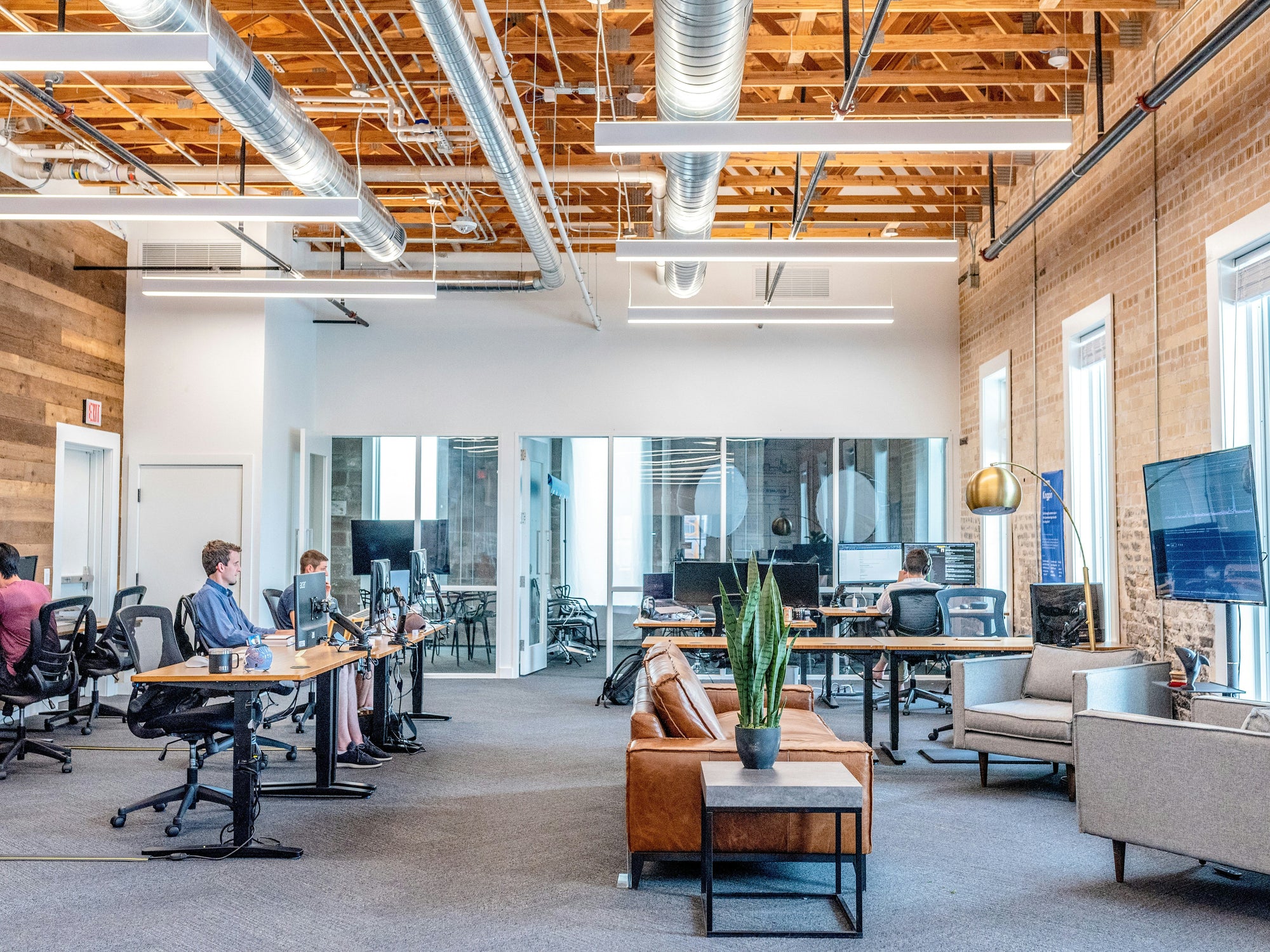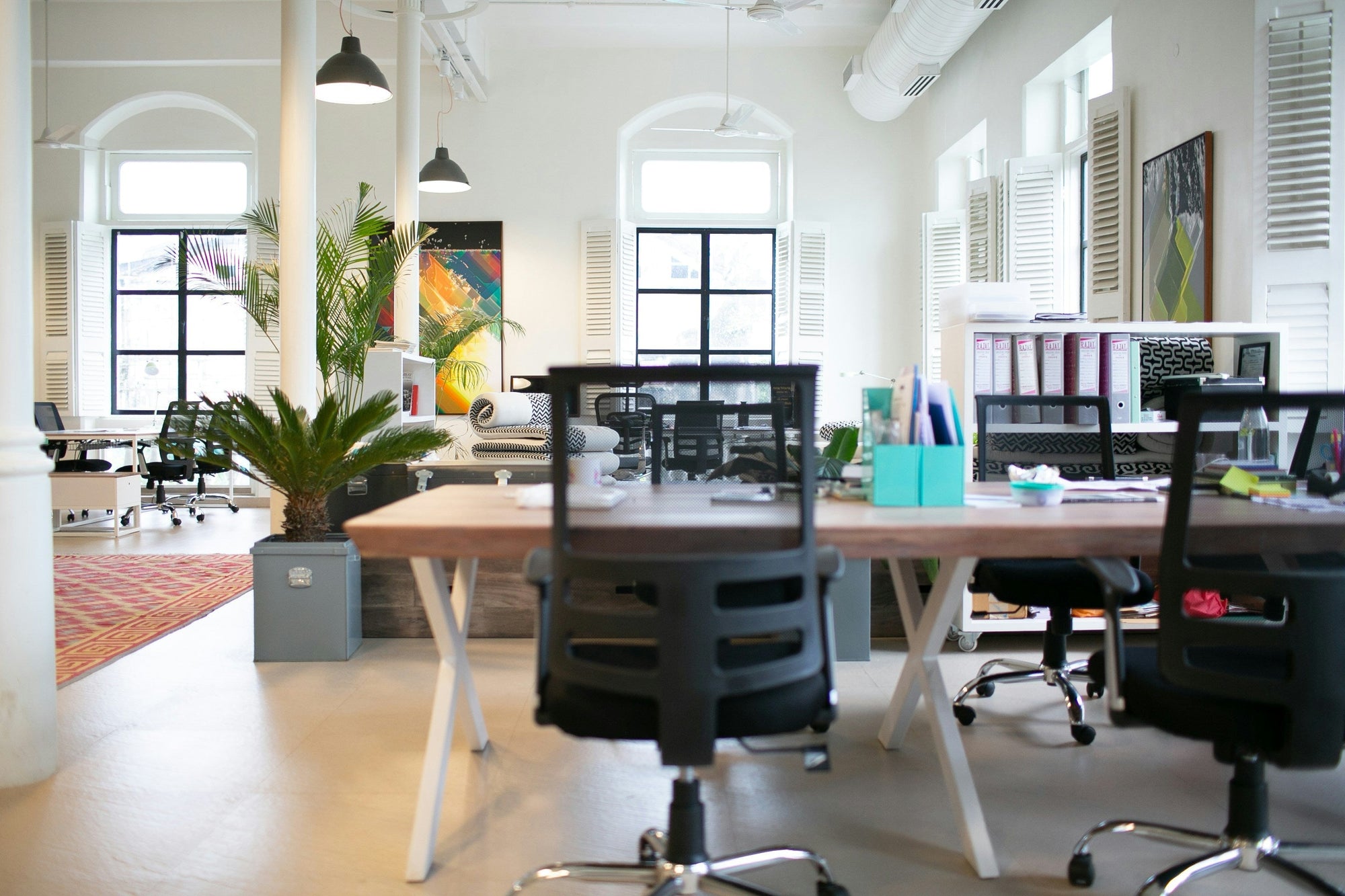Office furniture pricing is influenced by various factors, from the quality of materials to design and manufacturing processes. Here are the key reasons:
-
Quality of Materials:
- Durability: High-quality materials such as solid wood, metal, and premium plastics ensure the furniture's longevity and ability to withstand daily use.
-
Ergonomics: Ergonomically designed furniture often uses advanced materials and technology to provide optimal support and comfort, which can increase costs.
-
Design and Engineering:
- Innovation: Furniture designed with innovative features, such as height-adjustable desks or advanced ergonomic chairs, requires extensive research and development, driving up costs.
-
Aesthetics: Designer furniture that focuses on aesthetics and unique design elements tends to be more expensive due to the creativity and craftsmanship involved.
-
Manufacturing Process:
- Precision Engineering: High-quality office furniture often involves precision engineering and meticulous craftsmanship, contributing to higher production costs.
-
Customization: Customizable furniture options allow businesses to tailor products to specific needs, but these bespoke solutions are usually more costly.
-
Brand Reputation:
- Premium Brands: Established brands like AIS, Steelcase, and KnollMiller command higher prices due to their reputation for quality, durability, and ergonomic design.
-
Warranty and Support: Reputable brands often provide comprehensive warranties and customer support, adding value and justifying higher prices.
-
Sustainability:
- Eco-Friendly Materials: Furniture made from sustainable or recycled materials can be more expensive due to the cost of sourcing and processing these materials.
-
Environmental Certifications: Products that meet specific environmental standards or certifications, such as LEED, often come with a premium price.
-
Production and Supply Chain:
- Manufacturing Location: Furniture manufactured in regions with higher labor and production costs, such as North America or Europe, tends to be more expensive.
-
Supply Chain: Global supply chain disruptions, shipping costs, and import tariffs can also impact the final price of office furniture.
-
Functionality and Features:
-
Advanced Features: Furniture with advanced features, such as built-in power outlets, cable management systems, or smart technology integration, typically costs more.
- Multi-Functional Designs: Pieces that serve multiple purposes or can be easily reconfigured to adapt to different office layouts may have higher prices due to their versatility.
-
Advanced Features: Furniture with advanced features, such as built-in power outlets, cable management systems, or smart technology integration, typically costs more.
Conclusion
The expense of office furniture is attributed to a combination of factors, including the quality of materials, design innovation, manufacturing processes, brand reputation, sustainability, production location, and advanced features. Investing in high-quality office furniture can lead to long-term benefits such as enhanced employee comfort, productivity, and overall office aesthetics, making it a worthwhile expenditure for many businesses.







